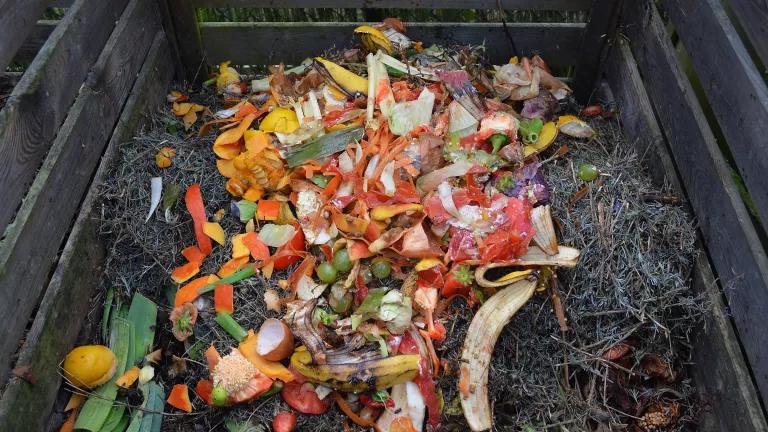Infrastructure: A Better Deal to Fix It for Our Future

The 116th Congress reflects a mandate by Americans for a new direction. However, between the government shutdown and political banter, the first month of divided government in Washington has not been one of much comity. President Donald Trump has a rare chance to offer a bridge across the divide in his State of the Union address tonight if he calls for robust infrastructure investments that address the risks to our climate and the needs of our communities.
While we have fought against this administration’s efforts to gut protections for clean air and water, roll-back efforts to address climate change and lease public lands for oil drilling and mining, infrastructure is an opportunity for everyone in Washington to work together to achieve the investments we all need.
Our current infrastructure reflects the values of our past with social inequities and a lack of environmental resiliency embedded in the concrete of our roads, homes and other infrastructure.
Across the country, housing and transportation cost combined account for approximately half of the average U.S. household budget. Many Americans are faced with a high energy burden and water affordability challenges. The cumulative cost of extreme weather events and climate related disasters exceeds $1.5 trillion1 since 1980. These impacts threaten our nation’s economic vitality, public health, and future. America needs a infrastructure plan that makes a significant down payment in our future, addresses the current challenges facing our communities, and redresses the legacy of past investments. Americans can no longer afford to ignore the cost of climate change to our public health and wealth as a nation.
As legislating on this begins in earnest, we will be pushing lawmakers to pursue policies that would do two things: Green it and protect it. While many in Congress deny the cold reality of climate change, these twin approaches should be able to achieve broad consensus because they will create jobs here at home, while fixing it for the future.
We need to green our federal energy policy by phasing out coal, oil and gas leasing from public lands, promoting wind and solar power on federal lands and offshore of our coasts.
While wind and solar power have expanded at record rates in recent years, we can do more to spur it along. We should require that 30 percent of U.S. electricity be generated by these two carbon-free technologies by 2030 and expand the use of innovative financing mechanisms such as a green bank to spur their development.
We know that scaling up our use of renewable energy and energy efficiency is crucial to address the climate crisis. But, here’s the thing: Even those who deny the science of climate change should welcome the innovation, jobs and energy security that these power sources promise. After all, the two fastest growing job categories for the next decade are solar-photovoltaic installer and wind-turbine technician, according to the U.S. Labor Department.
Another area of green innovation is electric vehicles. We need to transition our funding to low-carbon transportation options like transit, bike, pedestrian and electric vehicles. This transition will not take place without a drastic change in our funding priorities.
At the same time, we need to ensure our roads, water treatment plants, drinking water sources and public housing are resilient to the wild, dangerous weather we have seen in recent years—and will see in increasing frequency in the years to come. Just as our military is hardening its facilities against floods and hurricanes, heat waves and polar vortexes, the rest of our federal government needs to recognize our harsh weather. We know that this is tied to climate change; even those who deny that link can look outside their windows and see that we need to build for more extreme weather events.
So, there you have it. Infrastructure spending is something that can and should garner wide and deep support in our fractured capital—and nation. We will keep fighting to ensure this spending is done in a way that greens our fuels and protects our physical structures. It’s commonsense that doing so will be sound investments for the future. There is more that unites us in this fight for rebuilding our country than divides us.

[1] National Oceanic and Atmospheric Administration (NOAA) National Center for Environmental Information. (2018). Billion-Dollar Weather and Climate Disasters. Retrieved https://www.ncdc.noaa.gov/billions/overview



